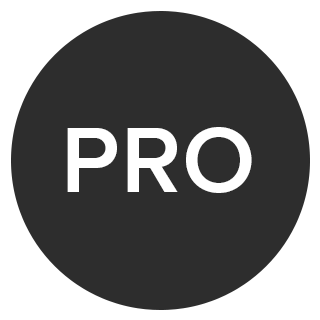Real estate signs say more about you and your residential or commercial business than they do about the properties you’re advertising. That’s why Katie Lundin, a customer support specialist with crowdspring, a marketplace for crowdsourced logo, web, graphic, and product design, has four best practices for creating custom real estate signs that raise awareness about your brand and start a conversation with your potential clients.
1. Real estate sign style. Start by choosing the sign format for getting your message across. Each signage option offers a different size, medium, and space for your branding and layout. In addition to the traditional colonial post commonly used with For Sale signs, here are a few ideas:
- H-frame stake: The light-weight H-shaped wireframe is good for temporary signage, such as an open house sign. The frame legs poke into the ground for easy step-up and removal.
- Frame style: These sturdy, metal frames that enclose a sign are another option for For Sale signs and can be used with single or double riders.
- A-Frame: These portable “sandwich board”-style signs are great for drawing attention to an open house or another event. But don’t leave these easily mobile signs unattended or they may go missing.
- Vinyl window cling: Vinyl window clings are a nonadhesive film that clings to window glass. These are a great option for commercial properties with large plate-glass windows.
- Feather flag: This is a tall, flexible frame attached to a narrow fabric flag. The fabric is loose on one side, allowing it to flutter in the breeze and making it an eye-catching signage option. You can print your content directly on the fabric flag.
Finding Your Company’s One True Brand 2. Branding. Make sure that your most valuable visual branding tool—your logo—is featured prominently on your sign. Use your brand colors on your signage to help create a consistent visual presence, which will help develop familiarity and trust between your business and your audience. “For all the people who walk or drive past your signs, most of them are probably not looking to buy a house or lease a commercial space at that time,” Lundin says. “But if you’ve used your signage to create a consistent visual presence over the years, you’ve planted a seed.” 3. Readability. Every design choice you make should support the sign’s ability to communicate clearly. Choose fonts and colors that are easy to read. While you can get away with a script font or funky serif typography in a logo, that won’t work for regular sign copy. “To be effective, signage must be easily read from a distance and from a moving car. Otherwise, your message won’t reach a large portion of your audience,” Lundin says. For non-logo text, try Helvetica, Garamond, Trajan, Futura, or Verdana. Pair one of these fonts with your logo to create a readable sign that also communicates your brand identity. 4. White space and colors. Embrace the white, empty space around your logo and text as a vital contributor to your overall design aesthetic and readability. This provides visual ease and breathability. What’s more, you want to choose colors for your sign that add to the readability. “Always start with your most prominent brand color,” Lundin says. “From there, check out the color contrast guide included in this article to see which color combinations are most legible according to the Outdoor Advertising Association of America.”
Source:
Source: Katie Lundin, crowdspring













